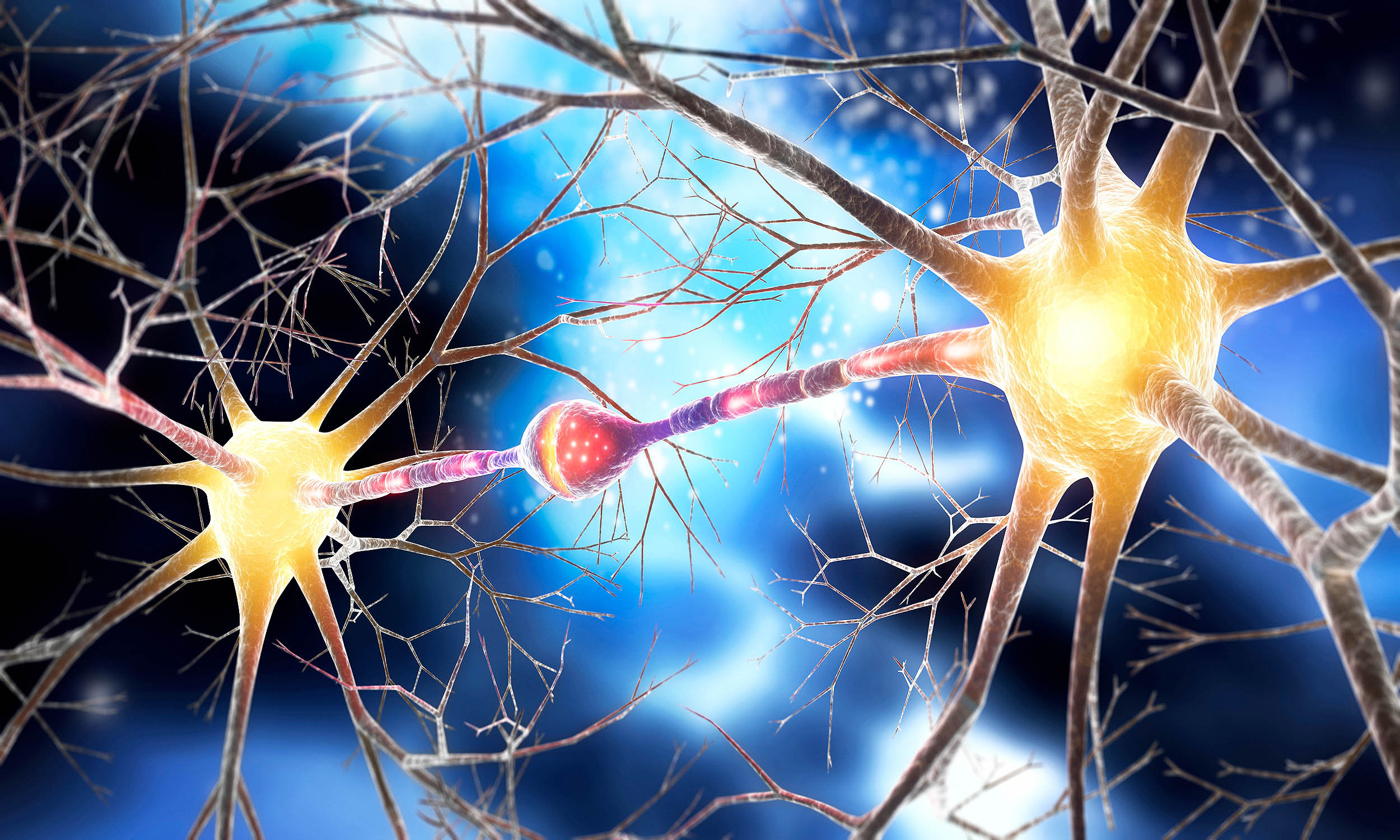Before birth, microbes help shape a key stress and social behavior hub in the brain, the paraventricular nucleus (PVN) of the hypothalamus, according to scientists.
Recent research found fewer neurons in this region when mice pups developed without exposure to a normal community of microbes, and the difference persisted into adulthood.
The study used a cross-fostering design to separate effects of microbes acquired at birth from influences that begin during gestation.
Mice gestated by germ-free mothers had a lower neuron count just after birth, even when they were fostered to mothers with microbes, and adults gestated germ-free showed the same structural pattern.
Lead author Alexandra Castillo-Ruiz is an assistant professor in the Department of Psychology at Michigan State University.
Why PVN matters for brain and microbes
The paraventricular nucleus (PVN) sits in the hypothalamus and helps regulate blood pressure, water balance, and stress responses through hormones such as vasopressin, oxytocin, and corticotropin-releasing hormone.
Because the PVN influences autonomic outflow and the hypothalamic-pituitary-adrenal axis, small structural changes can echo across cardiovascular and behavioral systems.
Researchers often track PVN neuron number and density when they study stress and social behavior in animal models.
That is relevant here because the new work points to a lasting shift in these measures when microbes are missing before birth.
“At birth, a newborn body is colonized by microbes as it travels through the birth canal. Birth also coincides with important developmental events that shape the brain,” said Castillo-Ruiz.
Studying and testing PVN neurons
The team compared mice raised in sterile conditions, known as germ-free animals, with conventionally colonized controls to test how a normal microbiota influences PVN formation.
They moved germ-free newborns to foster mothers with microbes immediately after delivery, then counted PVN neurons at a standard early time point.
This allowed them to ask whether postnatal microbial exposure after a germ-free pregnancy could normalize PVN structure.
It did not. Neuron counts in pups gestated germ-free were lower than in controls, and the difference appeared without a change in PVN volume, indicating a shift in cell density rather than overall size.
“Our study shows that microbes play an important role in sculpting a brain region that is paramount for body functions and social behavior. In addition, our study indicates that microbial effects start in the womb via signaling from maternal microbes,” said Castillo-Ruiz.
Microbes’ role in pre-birth brains
The finding lines up with evidence that maternal microbes can signal to the fetus through metabolites that cross the placenta.
One study identified microbially modulated molecules that promote axon growth in the fetal mouse brain.
Another showed that short-chain fatty acids help program aspects of the developing sympathetic nervous system, highlighting one route for prenatal microbial influence on neural circuits.
Work in 2023 also found that the maternal microbiome supports placental growth and vascularization, a process central to nutrient and hormone exchange that could affect fetal brain development.
The MSU results extend this arc by tying maternal microbial status to a concrete structural outcome in the PVN, first in neonates and later in adults, within the same animals.
Birth methods and PVN microbes
Mode of delivery shapes the first wave of microbial colonization, with classic work showing distinct infant microbial profiles after vaginal versus cesarean birth.
Cesarean delivery accounts for about one-third of U.S. births, with a 2023 national rate of 32.3 percent, so many families encounter this context for early microbial exposure.
Antibiotics are also common around delivery, both for cesarean prophylaxis and for indications such as Group B Streptococcus.
In a large U.S. analysis of delivery hospitalizations, 57.2 percent involved antibiotics, including 88.9 percent of cesarean births and 41.1 percent of vaginal births.
Estimates suggest that roughly 31 percent of pregnant individuals in the United States receive intrapartum antibiotics specifically for Group B Streptococcus prevention, underscoring how routine these exposures can be.
Implications for microbes and brain
The PVN differences here arise in mice, which provide precise control over microbial exposure and development.
That lets scientists isolate cause and timeline in ways that are not possible in human studies, but translation to clinical outcomes requires caution and further work.
Prior studies from the same group linked germ-free status to altered patterns of normal developmental neuron death and microglial labeling in specific brain regions, setting up the hypothesis that structure would differ later in life as well.
“Rather than shunning our microbes, we should recognize them as partners in early life development. They’re helping build our brains from the very beginning,” said Castillo-Ruiz.
The new paper maps one part of that partnership by focusing on a stress and social behavior hub and showing a durable change in neuron number.
Next steps include identifying which PVN neuron populations are most affected and whether targeted microbial metabolites during pregnancy can fine-tune development without compromising infection prevention policies.
The study is published in Hormones and Behavior.
—–
Like what you read? Subscribe to our newsletter for engaging articles, exclusive content, and the latest updates.
Check us out on EarthSnap, a free app brought to you by Eric Ralls and Earth.com.
—–
